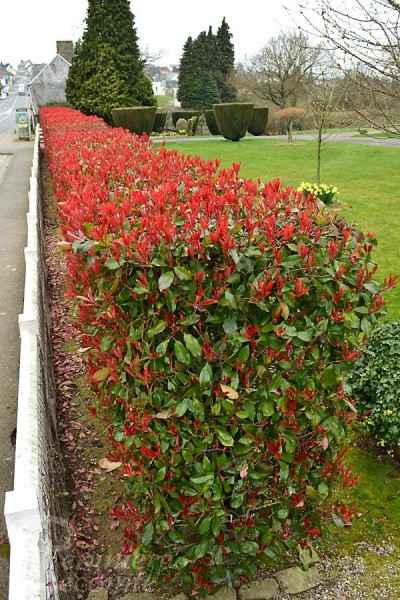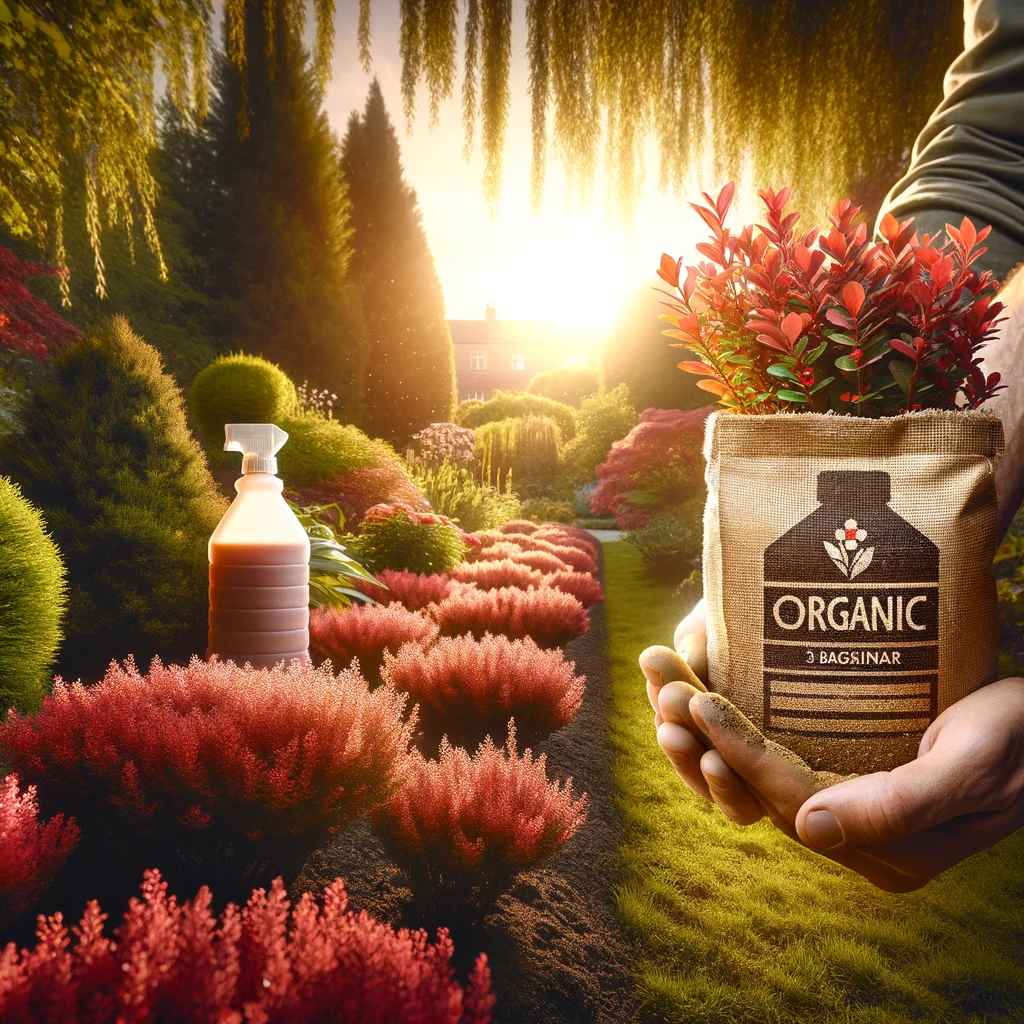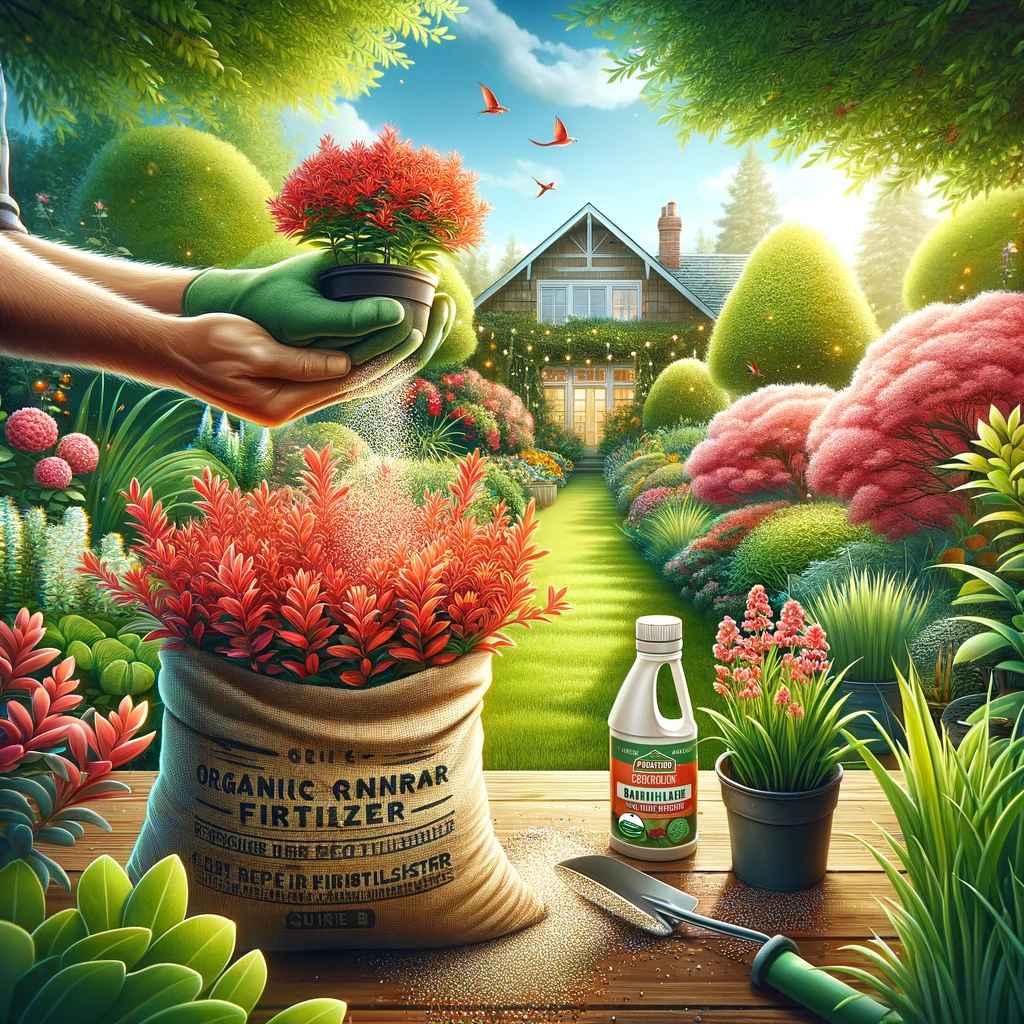How to Choose the Right Fertilizer for Photinia Red Robin
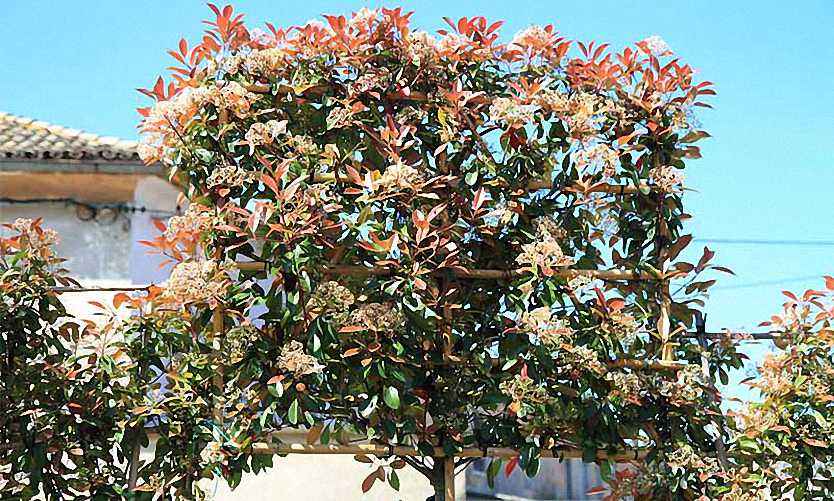
How to Choose the Right Fertilizer for Photinia Red Robin
How to Choose the Right Fertilizer for Photinia Red Robin
There are many ways to provide minerals and nutrients to your plants; plants love organic matter, manure, minerals, liquid manure, fertilizers, but also everything that is calcium (limestone), magnesium! All of this can directly or indirectly create beautiful flowering.
Photinia Red Robin are popular shrubs that offer bright red color throughout the year. Over the seasons, to keep your photinia healthy and to stimulate its growth, it is important to provide it with the nutrients it needs.
An appropriate fertilizer for Photinia Red Robin is therefore essential. In this article, we will look at the different types of fertilizers available and help you choose the right fertilizer for your flowering hedge.
To start, it's important to know that Photinia Red Robin are acid-loving plants that prefer acidic soils with a pH between 5 and 6.5. Therefore, you should choose a fertilizer that is specially formulated for evergreen and acid-loving plants. These fertilizers are usually rich in nitrogen, iron, and sulfur, which are essential nutrients for photinias.
Granular or Liquid Fertilizer
Fertilizers for photinia are available in granular or liquid form. Granular fertilizers are solid pellets that are spread around the base of the plant and break down slowly over time. Liquid fertilizers are solutions that are diluted in water and watered around the base of the plant.
Granular fertilizers are generally more convenient, as they do not need to be applied as often as liquid fertilizers. Liquid fertilizers, however, can be absorbed more quickly by the plant and can provide more immediate nutrition.
Organic or Chemical Fertilizer
Fertilizers for photinia can also be classified as organic or chemical. Organic fertilizers are made from plant or animal materials, while chemical fertilizers are made from synthetic chemicals.
Organic fertilizers tend to be gentler on the plant and the environment. They also contain essential micronutrients and trace elements that can improve the overall health of the plant. Chemical fertilizers, on the other hand, are generally more concentrated and provide faster nutrition. However, they can also be more toxic to the environment if misused.
Slow-Release or Quick-Release Fertilizer
Fertilizers for photinia are also available in slow-release or quick-release formulas. Slow-release fertilizers are designed to release nutrients over time, allowing the plant to absorb them gradually. Quick-release fertilizers, on the other hand, are designed to release nutrients immediately, which can lead to rapid plant growth.
Slow-release fertilizers are generally more expensive than quick-release fertilizers, but they can be more convenient because they require fewer applications. Quick-release fertilizers, on the other hand, can be used to provide quick and immediate nutrition to the plant when needed, such as during the active growth period.
Which Fertilizer to Choose for Photinia Red Robin?
Now that we have looked at the different types of fertilizers available, it's time to choose the right fertilizer for your Photinia Red Robin. Here are some options to consider:
- Organic granular slow-release fertilizer: This type of fertilizer is ideal if you are looking for an easy-to-use solution that will provide constant nutrition to your Photinia Red Robin. Organic granular slow-release fertilizers are often formulated for acid-loving plants, making them a suitable option for photinias. Make sure to follow the instructions on the packaging to know how much fertilizer to use and when to apply it.
- Chemical liquid quick-release fertilizer: If you need immediate nutrition for your Photinia Red Robin, chemical liquid quick-release fertilizers can be a good option. Make sure to follow the instructions on the packaging to know how much fertilizer to use and how often to apply it. Keep in mind that this type of fertilizer can be more toxic to the environment if misused.
- Organic granular fertilizer for evergreen plants: If you cannot find a fertilizer specifically formulated for photinias, an organic granular fertilizer for evergreen plants may work just as well. Look for a fertilizer that contains nitrogen, iron, and sulfur, as well as other essential micronutrients. Make sure to follow the instructions on the packaging to know how much fertilizer to use and when to apply it.
- Organic liquid fertilizer for evergreen plants: If you prefer to use a liquid fertilizer, look for an organic fertilizer for evergreen plants. Organic liquid fertilizers are often rich in essential micronutrients and can be quickly absorbed by the plant. Make sure to follow the instructions on the packaging to know how much fertilizer to use and how often to apply it.
For photinias, you can use an organic granular slow-release fertilizer or an organic liquid fertilizer for evergreen plants. Look for a fertilizer that contains nitrogen, iron, and sulfur, as well as other essential micronutrients to effectively nourish your Photinia Red Robin.
How to Spread Fertilizer for Photinia?
Determine the amount of fertilizer to use: follow the instructions on the fertilizer packaging to determine the appropriate amount to use based on the size of your plant and its growth stage and your soil.
Water the plant before application: Water the plant the day before applying fertilizer to help it absorb the nutrients. Avoid applying fertilizer on dry soil or on a plant stressed by drought or too much rain.
Apply the fertilizer around the base of the plant: Spread the fertilizer around the plant, avoiding direct contact with the stem. Always leave a distance of about 10cm between the stem and the fertilizer. This will prevent the fertilizer from burning your stem.
Lightly scratch the soil if possible: lightly scratch the soil around the base of the plant to help the fertilizer penetrate the soil.
Water the plant again: water the plant again after applying fertilizer to help the nutrients penetrate the soil and to prevent the fertilizer from burning the plant's roots.
It is important to choose the right fertilizer for your Photinia Red Robin in order to provide it with the nutrients it needs to stay healthy and stimulate its growth. Organic slow-release fertilizers are generally a safe and easy-to-use option, but chemical quick-release fertilizers can provide immediate nutrition if necessary. Whatever fertilizer you choose, make sure to follow the instructions on the packaging on how to use it correctly.
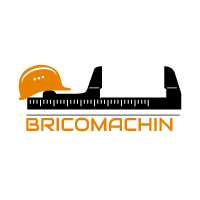

 Francais
Francais